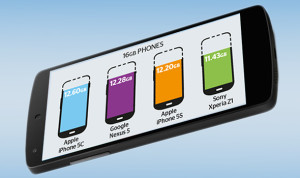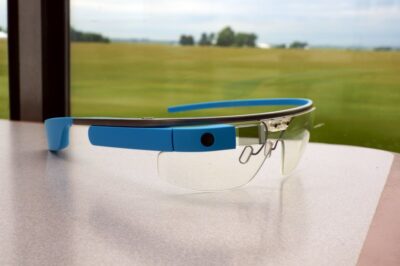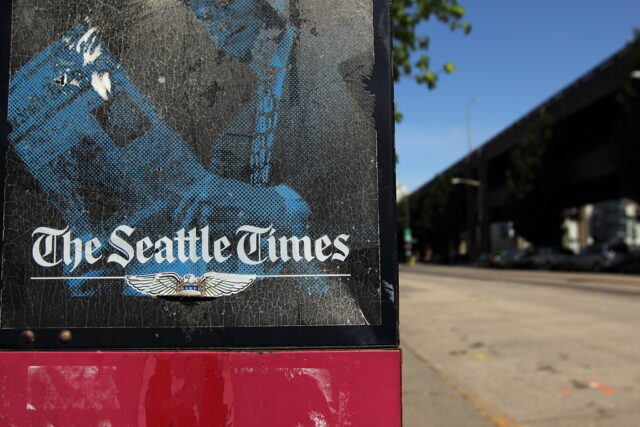Big-Time Sports in American Universities: weighing why universities embrace and encourage major sports programs
Duke University professor Charles T. Clotfelter’s book “Big-Time Sports in American Universities” is a delightful guide to and analysis of the intersection between America’s major universities and their big-time sports programs.
For the average reader, this book may seem unlikely to entice. The title is functional (but dull); the author is an economist (oh, dear Lord); the publisher is a scholarly press (before cracking the cover, brew lots of coffee).
But a funny thing happens on the path through all those scatter diagrams, fever charts, and the occasional reference to contingent valuation or marginal revenue product. Charles Clotfelter, a Duke University professor, proves to be a delightful guide on a quest to answer two questions: Why do so many universities embrace big-time sports? And what are the consequences?
Clotfelter approaches his task with admirable transparency. He is ever earnest, loathes to overreach or overstate. He also proves to be far more interesting than the book’s plain veneer would suggest.
True to his academic roots — remember, economist — Clotfelter engages in a cost-benefit analysis that goes off in all kinds of surprising directions, particularly when he comes up with his own, often ingenious, ways of testing assumptions.
What effect does March Madness — that is, the NCAA basketball tournament — have on the work of academia? To answer this, Clotfelter collected data from scores of university libraries to measure the use of a Web-based research archive that includes more than a thousand academic journals.
Before the tournament, use the archive climbs. But when the tournament begins, use dips. At individual schools, this use drops 6 percent for as long as the school’s team remains alive in the tournament. The day after an upset win, the use of the research archive plunges 19 percent. (This may have to do with the correlation between college sports and binge drinking — a subject Clotfelter tackles elsewhere in the book. Just guessing.)
Clotfelter also gets adventurous while investigating the ways in which universities use their sports programs to court potential donors. He filed public-records requests with eight universities, asking for the names of invited guests who sat in the president’s box during home football games.
The University of Washington, to its credit, complied with this request. The University of Oregon, to its shame, demanded payment of $791.87. And the response from the University of California, Berkeley, was laugh-out-loud funny — a snooty version of We’re not giving you the names because we don’t want to.
The guests who sat in the box of Mark Emmert — then president of the UW, now president of the NCAA — reflected the salesmanship of such settings, mixing marquee students (A former pole vaulter turned medical student! Olympians who brought home silver and gold!) with moneyed VIPs from Microsoft, Weyerhaeuser, T-Mobile, and Boeing.
In a book dense with statistics — and sports fans love statistics, right? — Clotfelter compiles a sort of ledger sheet, with the good (athletic success begets a bump in applications for admission) alongside the bad (most big-time college sports programs lose big-time money).
But he’s no knee-jerk skeptic; he proves willing, even eager, to acknowledge such intangibles as the joy that can come from following a sports team. What Clotfelter says he wants, more than anything is a candid discussion of the costs and benefits of big-time college sports, free of doublespeak and polite fiction.




































